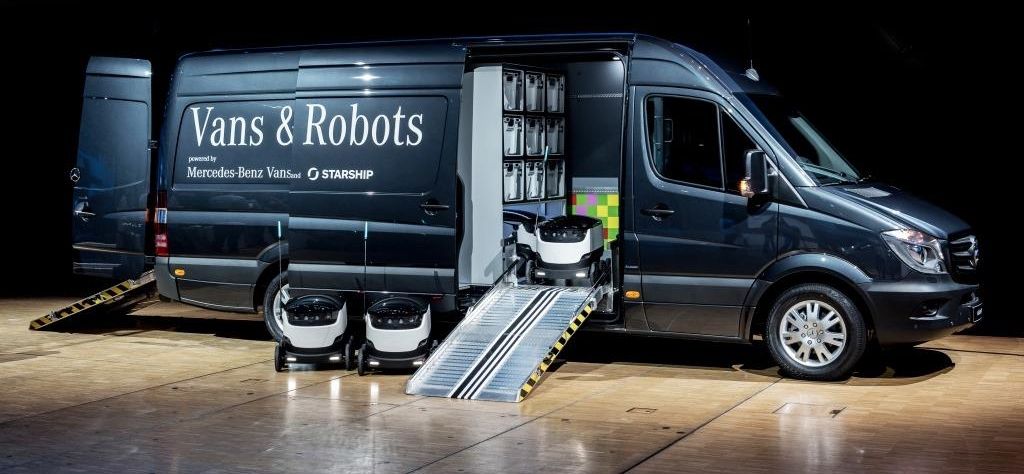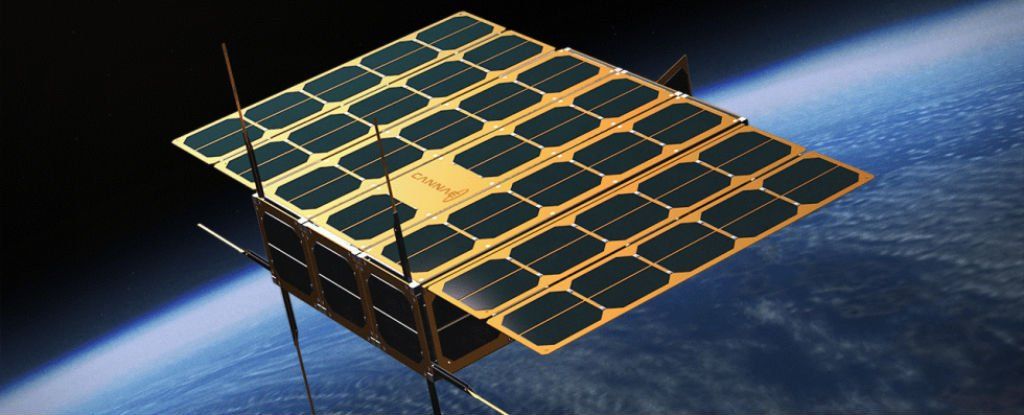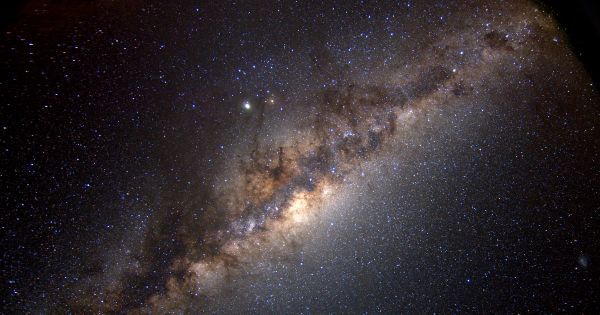Archive for the ‘space travel’ category: Page 468
Sep 11, 2016
Estonian delivery startup Starship and Mercedes-Benz team up to develop ‘Robovans’
Posted by Roman Mednitzer in categories: robotics/AI, space travel
#Estonian delivery startup Starship Technologies and Mercedes-Benz team up to develop ‘Robovans’: http://bit.ly/2c4AMAD
Sep 9, 2016
The ‘impossible’ EM Drive is about to be tested in space
Posted by Shailesh Prasad in categories: physics, space travel
An actual EM Drive is about to be launched into space for the first time, so scientists can finally figure out — once and for all — if it really is possible for a rocket engine to generate thrust without any kind of exhaust or propellant.
Built by American inventor and chemical engineer, Guido Fetta, the EM Drive is as controversial as it gets, because while certain experiments have suggested that such an engine could work, it also goes against one of the most fundamental laws of physics we have.
As Newton’s Third Law states, “To each action there’s an equal and opposite reaction,” and many physicists say the EM Drive categorically violates that law.
Continue reading “The ‘impossible’ EM Drive is about to be tested in space” »
Sep 9, 2016
Sci-Fi and Sci-Fact: Understanding The Star Trek and Alcubierre Warp Drives
Posted by Shailesh Prasad in category: space travel
Warp drive. It is a technology that humanity has dreamed about for years; however, in reality, it is more than just a dream—a number of scientists have long speculated about how such devices would actually work. Unfortunately, the ideas are largely just thought experiments, and most experts don’t think that this technology is likely to develop anytime soon (if at all).
But before I start raining on anyone’s parade, let’s break this technology down a bit.
Sep 9, 2016
Breaking Newton’s Third Law: Impossible Space Engine ‘The EMdrive’ Passes Peer Review
Posted by Shailesh Prasad in categories: physics, space travel
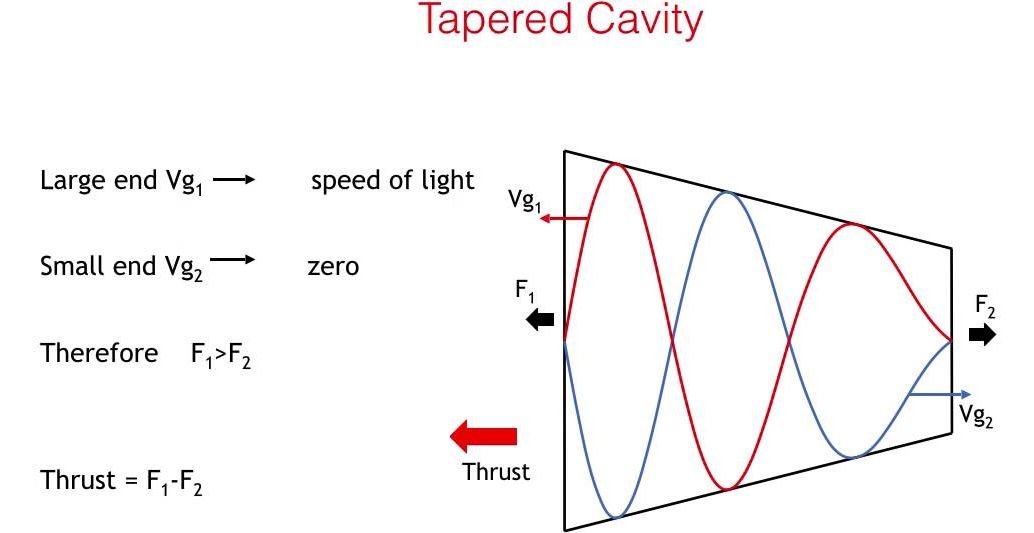
The EmDrive is a new type of rocket engine first proposed by British scientist/electrical engineer Roger Shawyer in 1999. Unlike conventional space rocket engines, the EmDrive doesn’t require any kind of propellant (also known as a reaction mass) to make propulsion possible, and hence partially disobeying Newton’s Third Law: “To each action there’s an equal and opposite reaction”.
Despite the fact that this seems to violate the known laws of physics, a prototype device was submitted to NASA’s Eagleworks lab for testing which came back positive, reports Digital Trends.
Sep 8, 2016
LIVE NOW: We’re launching to an asteroid!
Posted by Dan Kummer in category: space travel
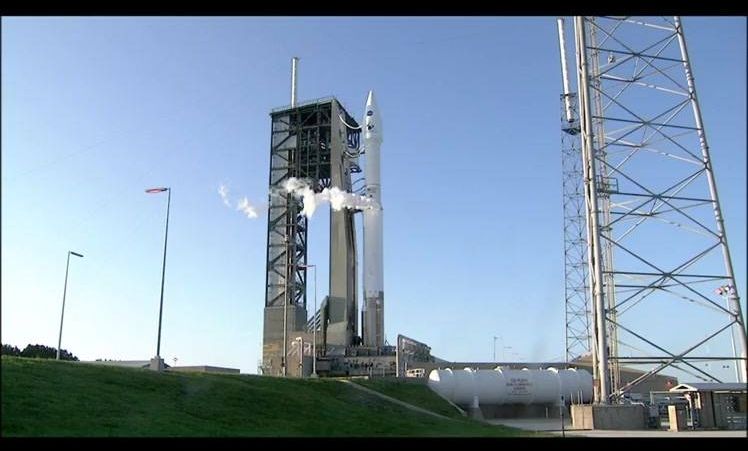
Watch live coverage of our OSIRIS-REx spacecraft lift off at 7:05 p.m. EDT aboard an Atlas V rocket on a mission to explore asteroid Bennu and return a sample to Earth.
Sep 8, 2016
NASA — National Aeronautics and Space Administration
Posted by Dan Kummer in category: space travel
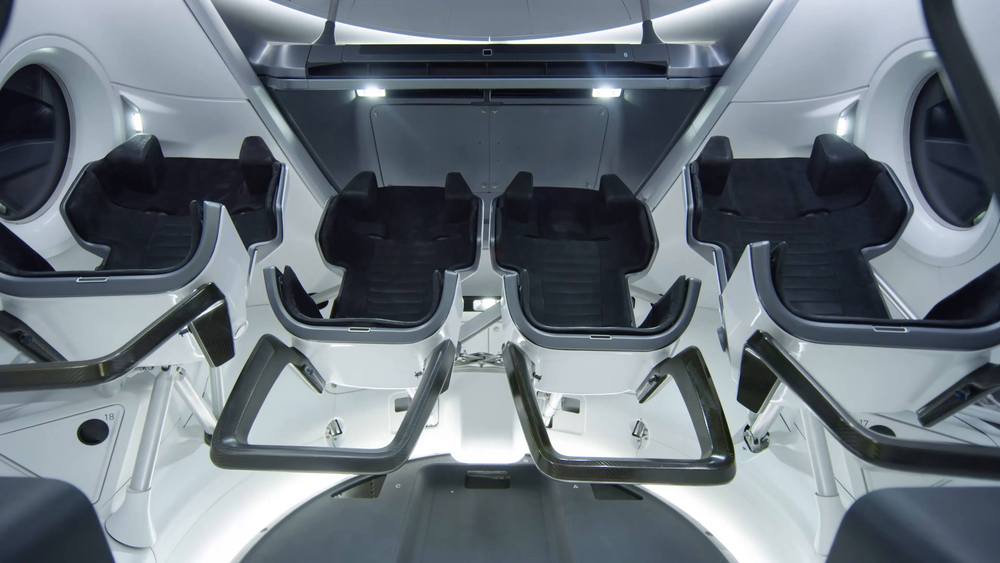
LIVE NOW: We’re launching to an asteroid! Watch live coverage of our OSIRIS-REx spacecraft lift off at 7:05 p.m. EDT aboard an Atlas V rocket on a mission to explore asteroid Bennu and return a sample to Earth.
Sep 8, 2016
An AI upgrade for your brain, Elon Musk teases the Neural Lace
Posted by Karen Hurst in categories: Elon Musk, nanotechnology, neuroscience, robotics/AI, space travel, sustainability

Worried that AI’s one day could make us their pets Elon Musk is teasing a new brain-hacking tech
There’s no doubting that Elon Musk is one busy guy. Whether he’s trying to land on Mars with SpaceX, running Tesla, buying SolarCity, investing in the future of AI, building Giga factories or throwing out Hyperloop concepts for fun but it’s increasingly apparent that he’s giving a huge amount of thought to the day when advanced AI’s become the most intelligent form of “life” on the planet.
Continue reading “An AI upgrade for your brain, Elon Musk teases the Neural Lace” »
Sep 8, 2016
Build Your Own Starfleet With These Customized 3D-Printed Star Trek Ships
Posted by Karen Hurst in categories: 3D printing, space travel
Ever wanted your own Starship Fleet designed by you? Well, now you can have it.
In Star Trek Online, aspiring captains can take the helm of one of more than 400 different ships that can be further personalized with custom color schemes, materials, shields, and capabilities. And now thanks to Eucl3D, a 3D printing company, those ships can be brought into the real world.
Sep 5, 2016
How Elon Musk Plays With His Kid
Posted by Bryan Gatton in categories: Elon Musk, humor, space travel


